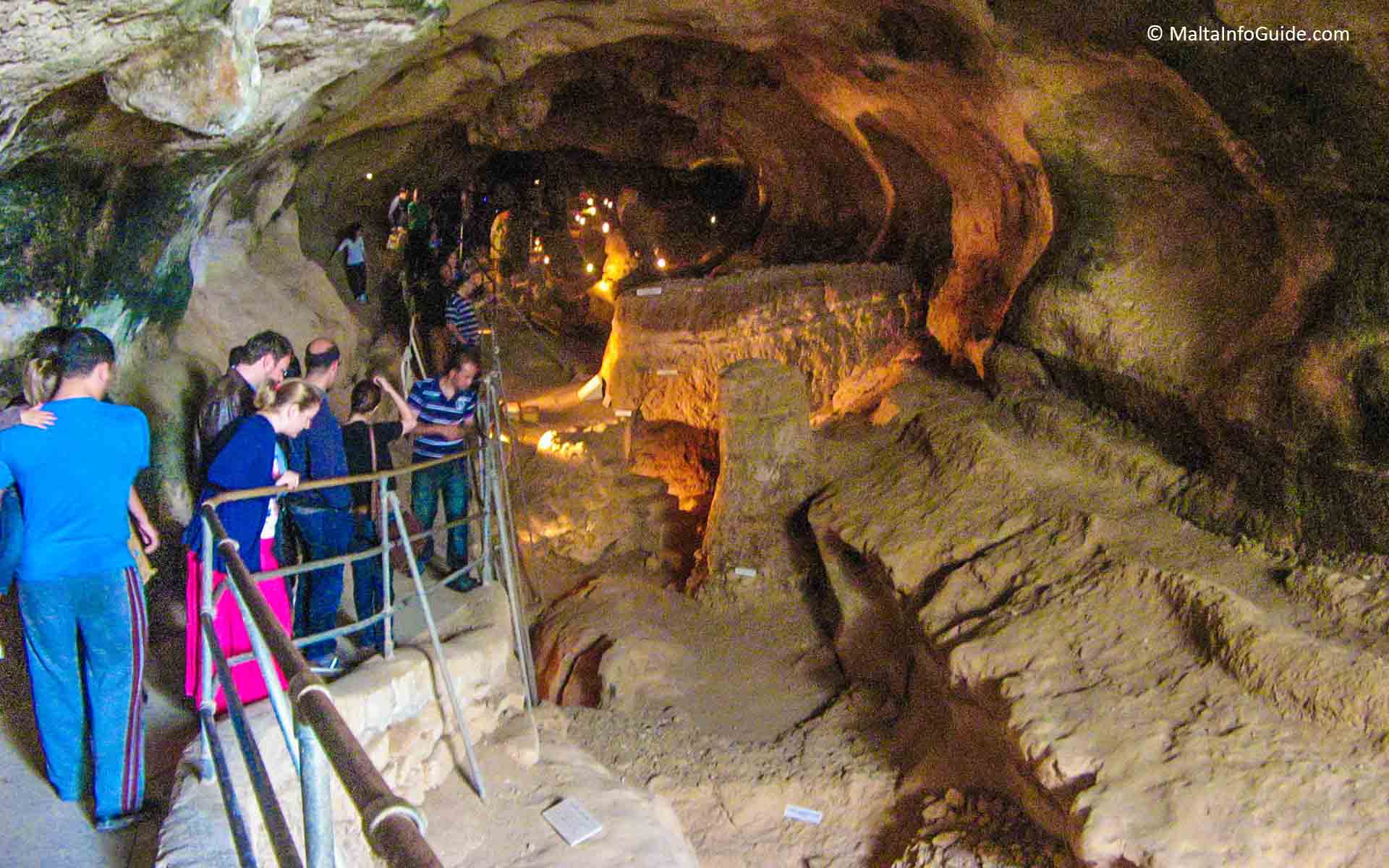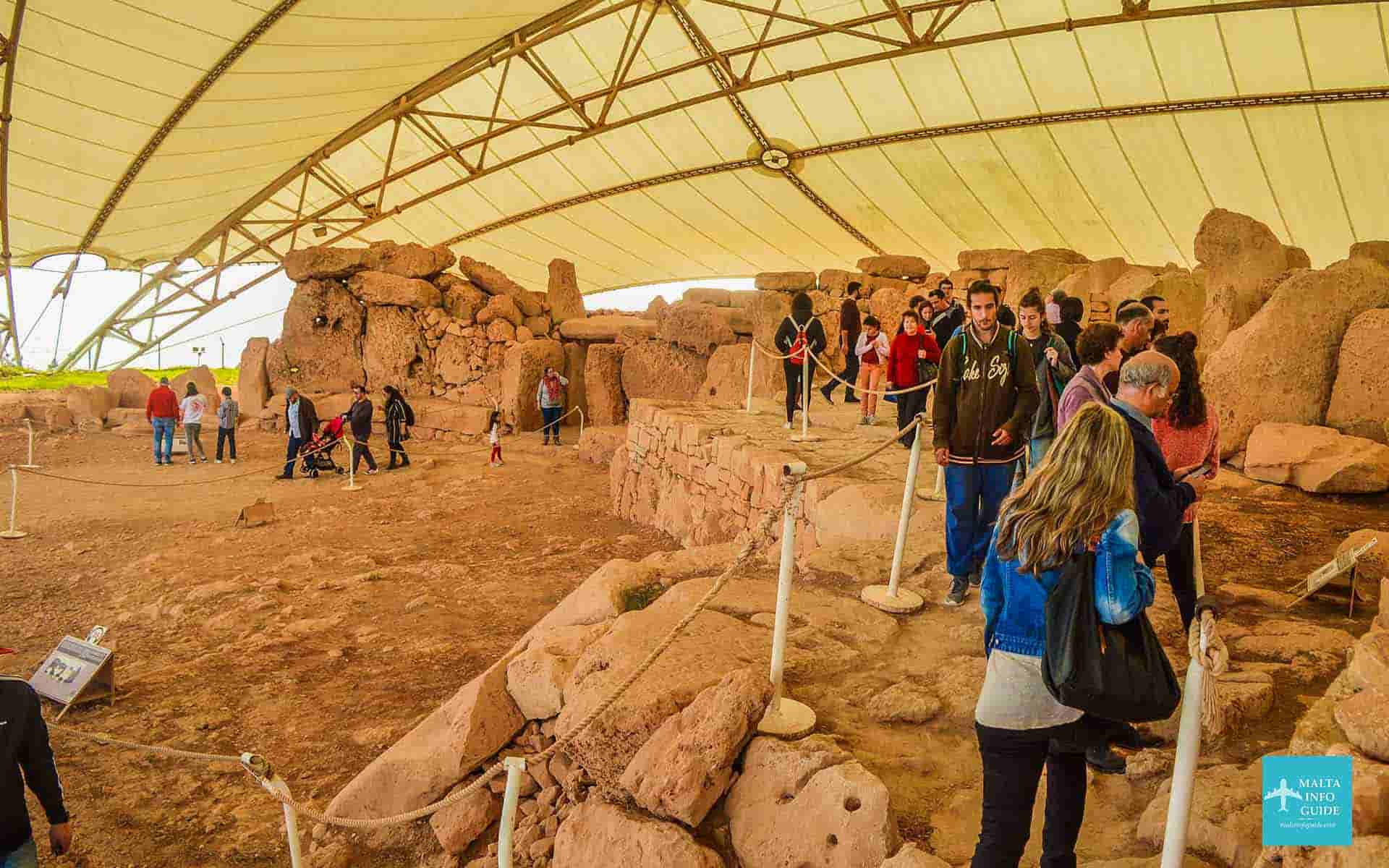- Home
- Malta UNESCO Sites
- The Neolithic Man
The Neolithic Man
Neolithic People, Straits Of Gibraltar, Sicily, Africa, Culture In Malta With Plenty Of Sites To Be Visited
The Neolithic man was the first to come and live in Malta but before that the Maltese Islands formed at the bottom of the Mediterranean sea when the water was shallow.
Now it stands on an underwater ridge that extends from North Africa to Sicily. The rock formed from debris like dust, twigs, bones, shells and other matter that fell to the bottom of the water and settled on top of each other until after millions of years, it hardened and became the present day rock.
Summer in Malta – What It’s Really Like in 2025
Curious about Malta in peak summer? ☀️ From local festas and sun-soaked beaches to hidden gems and island vibes, this video dives into it all as seen through the eyes of locals. Subscribe to our YouTube channel for more content like this. (Sound ON 🔊)
For the Neolithic man it was still not the time to come and live here. At one point Malta was also submerged and we have evidence to sustain this. There are fossils embedded in rock in low but also in high points in Malta. Through earth movement the ridge was pushed upwards at the same time the Gibraltar area closed through tectonic activity.
This happened over a long period of time, pushed the islands as we know them today, upwards forming dry land with the formation of a bridge of dry land extending from Africa to Sicily. So the Mediterranean sea was divided in two with two large lakes. The Mediterranean became a closed sea and the water level was shallow.
For this reason several animals crossed over the seabed to these islands purposely to seek food. The prehistoric Age of Malta started from here, at Ghar Dalam Phase (5,000—4,3OO B.C.). It is the only evidence we have of these people which evidence is exhibited in a museum operated by Heritage Malta.

This cave formed during the Ice-age when the Mediterranean was a vast pastureland with large trees and bushes in which large animals and other huge winged creatures lived. Animals such as freshwater tortoises, dwarf elephants, hippos, foxes and other vertebrates roamed about in search of food. Due to the ridge between Africa and Sicily many animals could travel and this is the reason why we find so many animal bones at Ghar Dalam.
When the Straits of Gibraltar split apart, water from the Atlantic began to fill the Mediterranean basin and the water gradually covered the seabed upon which the animals traveled, so the animals were caught here unable to return. This happened over a long period of time.
Man arrived on our island more than 1500 years before the megalithic temples were built. This was the first signs of man on the Maltese islands as is known as the Neolithic Period 5000BC. They probably arrived from Sicily as it is the nearest mainland point. They lived in the Ghar Dalam caves and also in huts.
They made pottery and personal ornaments from bones. Their tools consisted of bones and stones. There is other evidence that shows that they lived in other settlements.

At that time the enviorement of Malta was surely very different than that of today, surely very rugged as it was never inhabited before. They would have needed to adapt themselves to what they found. There is evidence that they brought with them domestic animals like horses, cows, sheep and goats, as the bones of these domestic animals were found in the cave.
The Neolithic man was the founder of the Maltese society.
Malta getting around
Sightseeing tours. Operated by three companies. The Malta hop on hop off routes cover all the important cultural heritage Malta sights.
Thinking About Renting A Car For Your Holiday?
Renting a car for your holiday gives you so much freedom to explore the islands at your own pace without any possible restrictions. We personally tried Discover Cars and loved their great service and affordable prices.
Get The Best Rates On Your Car Rental Now!
Need to book a hotel for your Malta visit?
Looking for the perfect place to stay? Booking.com is always our go-to website as we know that we will find the right accommodation for the best prices possible. This super-easy platform cannot be recommended enough!
Find Your Hotel Now Using Booking.com!
 By Albert and Benjamin Magro
By Albert and Benjamin Magro

